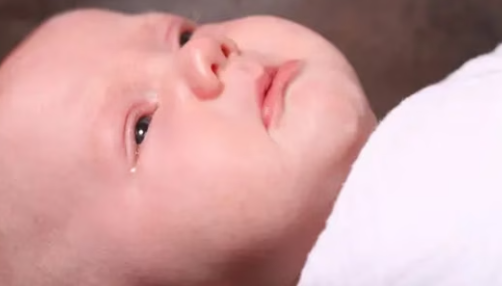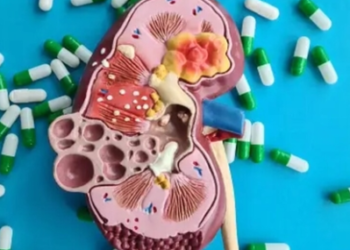Seeing your baby with watery eyes can be concerning for any parent. Watery eyes in infants can result from a variety of causes, ranging from benign conditions like the common cold to more serious issues like conjunctivitis. Understanding the potential reasons behind this symptom can help you determine the best course of action to ensure your baby’s health and comfort.
Common Cold: One of the most frequent causes of watery eyes in babies is the common cold. A viral infection can lead to increased tear production as the body tries to flush out the virus. Other symptoms typically include a runny nose, sneezing, and mild fever. While generally not serious, ensuring your baby gets plenty of fluids and rest can help them recover more quickly.
Blocked Tear Ducts: Newborns often have underdeveloped tear ducts, which can become blocked and cause watery eyes. This condition, known as nasolacrimal duct obstruction, usually resolves on its own within the first year of life. Gentle massage around the tear ducts and keeping the eye area clean can help manage symptoms. If the issue persists beyond a year, consult a paediatrician for further evaluation.
Conjunctivitis (Pink Eye): Conjunctivitis, or pink eye, is an inflammation of the conjunctiva, the membrane covering the white part of the eye and the inner eyelids. This condition can be caused by bacteria, viruses, or allergens. Symptoms include redness, itching, and discharge in addition to watery eyes. Bacterial conjunctivitis may require antibiotic eye drops, while viral and allergic conjunctivitis usually resolve on their own with proper care.
Allergies: Allergic reactions to pollen, dust, pet dander, or other environmental factors can cause watery eyes in babies. If your child is also sneezing, has a runny nose, or develops a rash, allergies may be the culprit. Identifying and avoiding allergens can help alleviate symptoms, and paediatricians may recommend antihistamines for severe cases.
Foreign Bodies: Sometimes, a speck of dust or an eyelash can get into your baby’s eye, causing irritation and tearing. If you suspect a foreign body, gently flush the eye with clean water. If irritation persists, seek medical attention to ensure there is no damage to the eye.
When to Seek Medical Attention: While many causes of watery eyes in babies are benign and self-limiting, certain signs warrant a visit to the doctor. Seek medical attention if your baby’s watery eyes are accompanied by:
- Persistent redness or swelling
- Thick or yellow-green discharge
- Sensitivity to light
- Fever higher than 100.4°F (38°C)
- Excessive fussiness or irritability
Early diagnosis and treatment can prevent complications and ensure your baby’s comfort.
Watery eyes in babies can stem from a variety of causes, from simple colds to more serious infections like conjunctivitis. Understanding these causes and knowing when to seek medical help can help you ensure your baby stays healthy and comfortable.








 India
India












